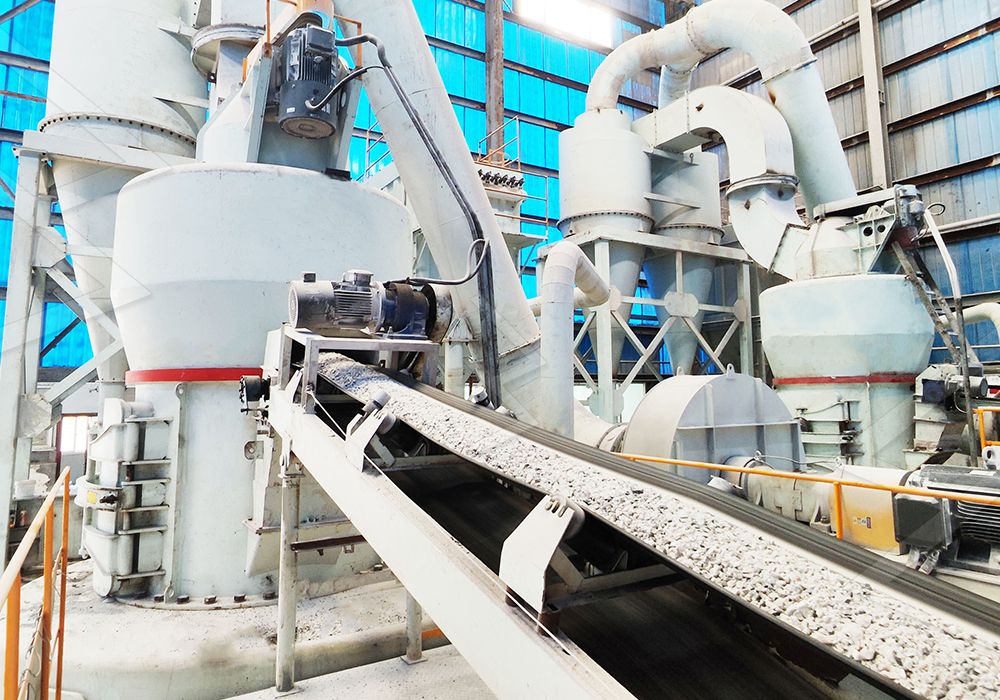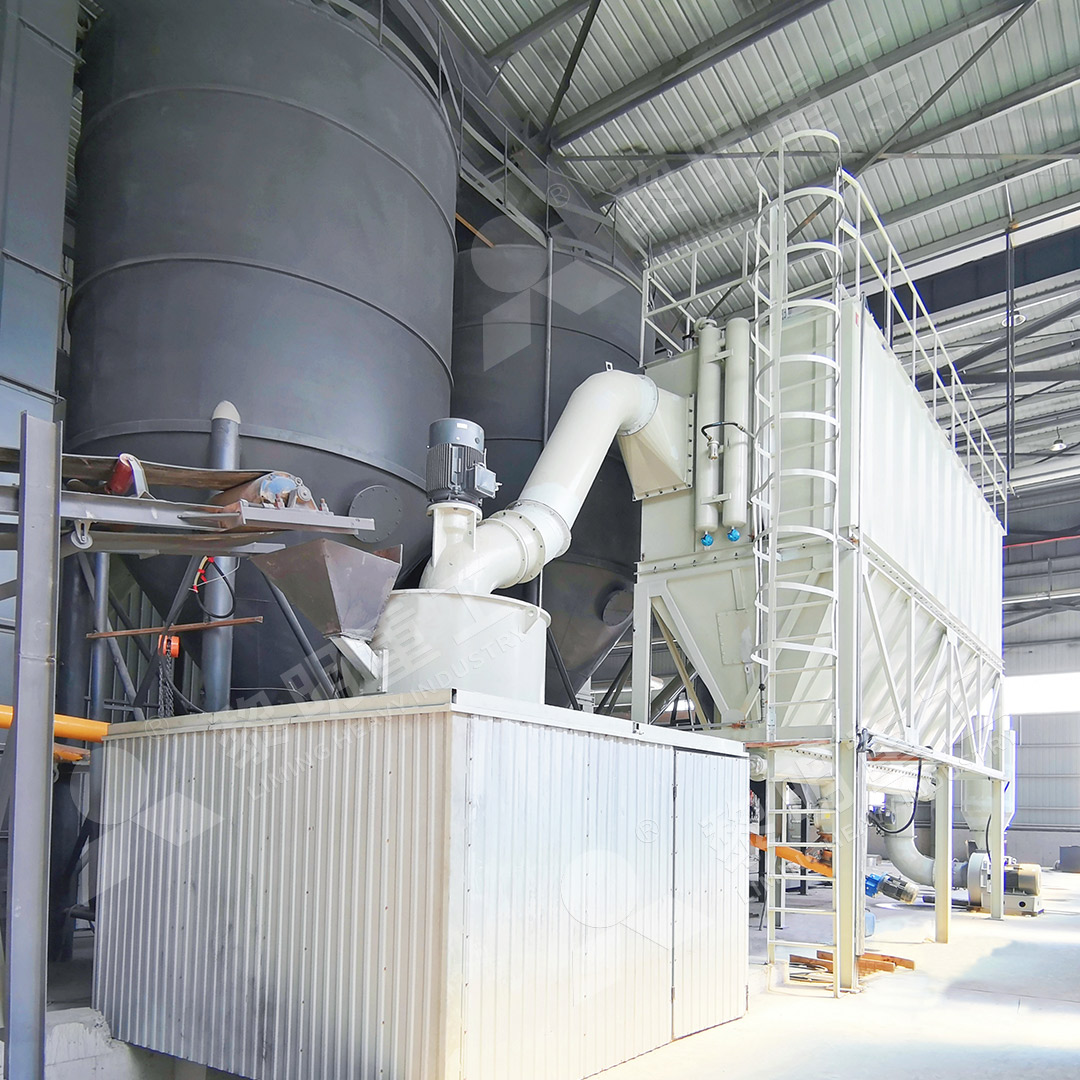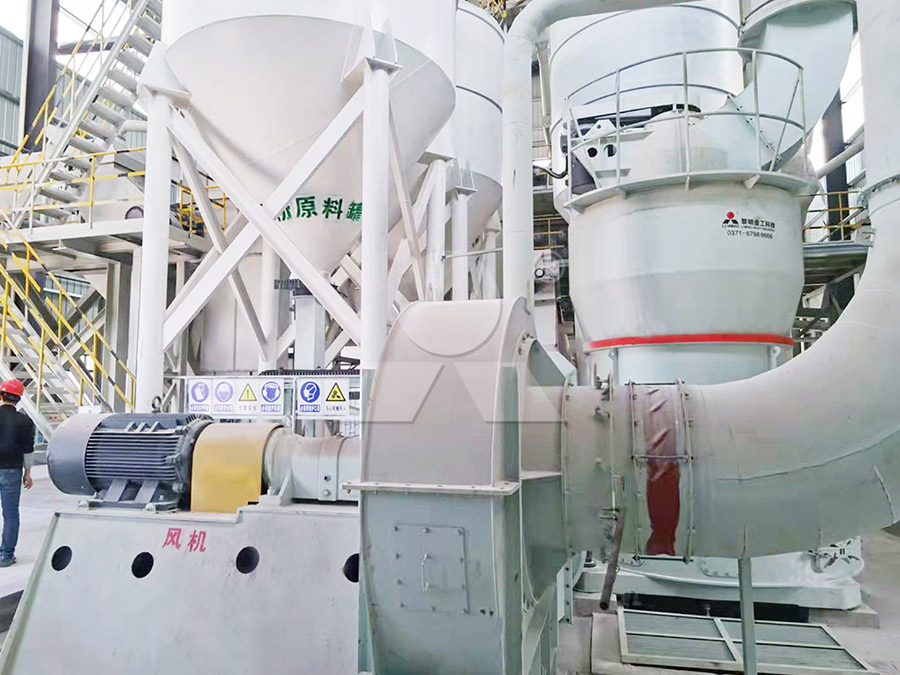Raymond Mill for Grinding Limestone into Fine Powder
Raymond Mill for Grinding Limestone into Fine Powder
In the world of industrial mineral processing, few materials are as versatile and widely used as limestone. From construction materials to agricultural supplements and chemical manufacturing, finely ground limestone powder serves countless applications. For operations requiring consistent, high-quality powder production, selecting the right grinding equipment becomes paramount to profitability and efficiency.

The Raymond Mill Advantage for Limestone Processing
Raymond Mill technology has stood the test of time in limestone processing applications. With its straightforward design and reliable operation, this grinding solution offers distinct benefits for operations targeting fine powder production in the 80-400 mesh range. The system’s centrifugal grinding principle ensures consistent particle size distribution while maintaining relatively low energy consumption compared to alternative methods.
Traditional Raymond Mills handle materials with input sizes below 25mm and capacities ranging from 0.6 to 5 tons per hour, making them suitable for small to medium-scale operations. The closed-circuit system prevents dust emission during operation, while the integrated separator allows for adjustment of final product fineness without shutting down the equipment.
Beyond Traditional Raymond Technology
While conventional Raymond Mills serve many applications effectively, operations requiring ultra-fine powders or higher throughput often need more advanced solutions. This is where modern grinding technologies demonstrate their value, particularly for limestone processing facilities looking to expand their product offerings or improve efficiency.

For operations targeting ultra-fine limestone powder between 325-2500 meshes, the MW Ultrafine Grinding Mill represents a significant technological advancement. With an input size capability of 0-20mm and capacity ranging from 0.5 to 25 tph, this equipment delivers remarkable fineness control while maintaining operational efficiency. The German-designed cage-type powder selector ensures precise separation, achieving d97≤5μm in a single pass. Operations benefit from the innovative design that eliminates rolling bearings and screws within the grinding chamber, substantially reducing maintenance concerns and potential downtime.
Another exceptional option for high-precision limestone processing is the LUM Ultrafine Vertical Grinding Mill, which integrates ultrafine powder grinding, grading and transporting in a single system. With its unique roller shell and lining plate grinding curve specifically designed to prevent materials’ long lingering time and repeated grinding, this mill produces finished products with exceptional whiteness and cleanliness. The multi-head powder separating technology reduces energy consumption by 30%-50% compared to conventional mills while providing precise control over grinding parameters.
Selecting the Right Mill for Your Limestone Application
Choosing between grinding technologies requires careful consideration of several factors:
- Target Fineness: Traditional Raymond Mills typically achieve 80-400 mesh, while advanced models like the MW series can reach 2500 meshes
- Production Volume: Capacity requirements from less than 1 tph to over 25 tph will dictate equipment selection
- Product Purity: Applications requiring low iron contamination benefit from designs that minimize metal-to-metal contact
- Operating Costs: Energy consumption, maintenance frequency, and wear part replacement costs vary significantly between technologies

Advanced Features for Modern Operations
Contemporary grinding mills incorporate features that address common operational challenges in limestone processing. The MW Ultrafine Grinding Mill’s external lubrication system enables maintenance without production stoppages, while its efficient pulse dust collector ensures compliance with environmental standards. The LUM model’s reversible structure allows easy access to grinding components, significantly reducing maintenance time and associated costs.
Both advanced models benefit from digitalized processing with numerically controlled operations for cutting, bending, planing, milling and paint spraying. This manufacturing precision translates to higher equipment reliability and consistent performance in demanding limestone grinding applications.
Frequently Asked Questions
What is the typical fineness range achievable with Raymond Mills for limestone?
Traditional Raymond Mills typically produce limestone powder between 80-400 mesh, while advanced models like the MW Ultrafine Grinding Mill can achieve 325-2500 meshes with proper configuration.
How does the MW Ultrafine Grinding Mill handle dust control?
The MW series incorporates an efficient pulse dust collector that prevents dust pollution throughout the entire milling system, complemented by silencers and noise elimination rooms for comprehensive environmental protection.
What advantages does the LUM Ultrafine Vertical Grinding Mill offer for limestone processing?
The LUM mill features unique grinding curves that prevent material overgrinding, double position-limiting technology for operational stability, and reversible structure for easier maintenance, reducing downtime significantly.
Can these grinding systems handle variations in limestone hardness?
Yes, both the MW and LUM models are designed to process limestone of varying hardness levels, with adjustable grinding pressure and separator speed to accommodate different material characteristics.
What about spare parts availability for these grinding mills?
Both systems are backed by comprehensive spare parts supply chains, with the manufacturer providing original spare parts and technical support to ensure worry-free operation.
